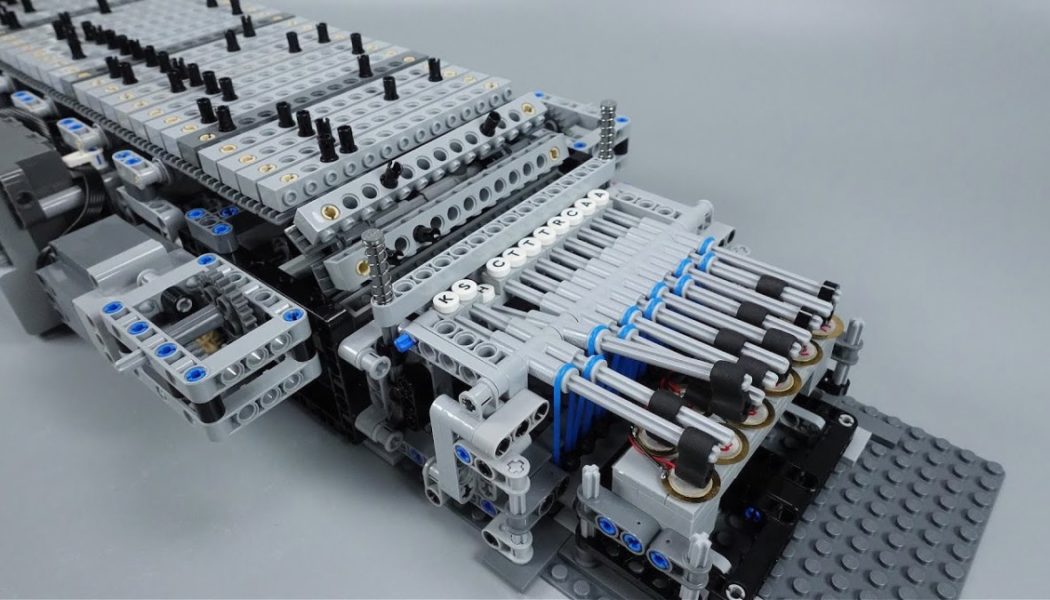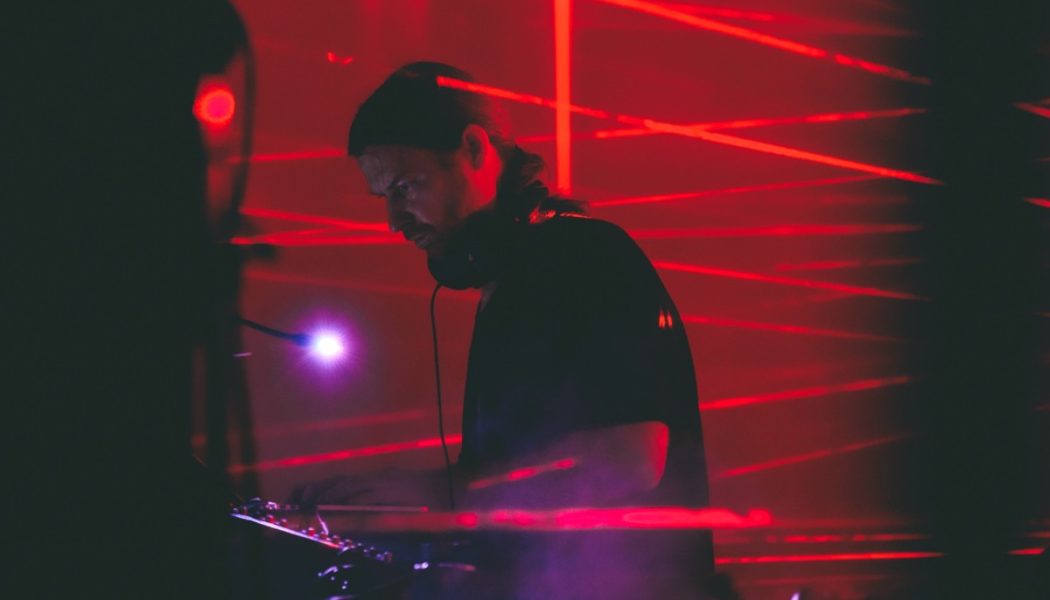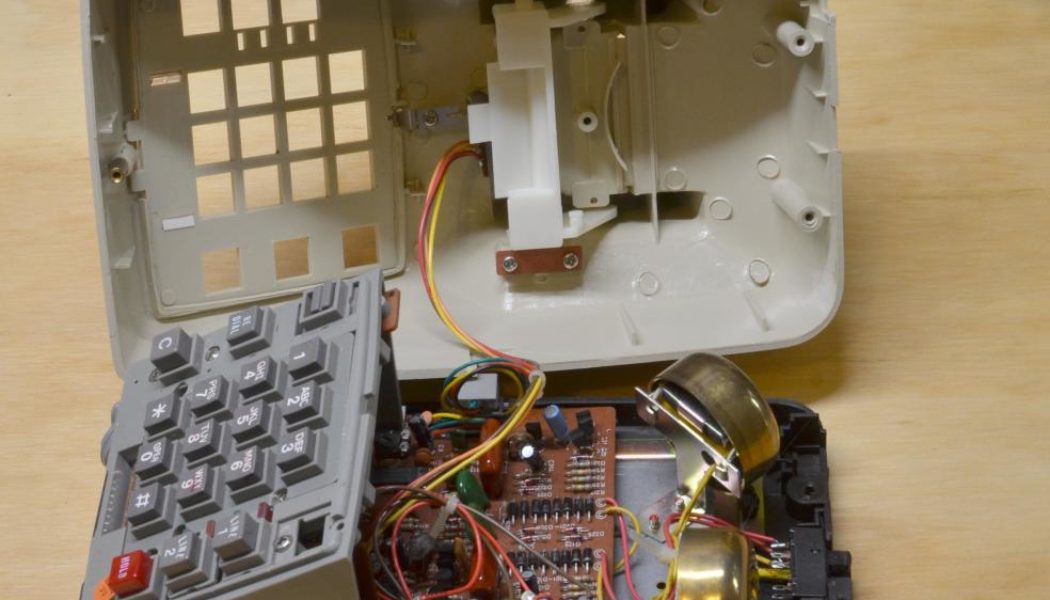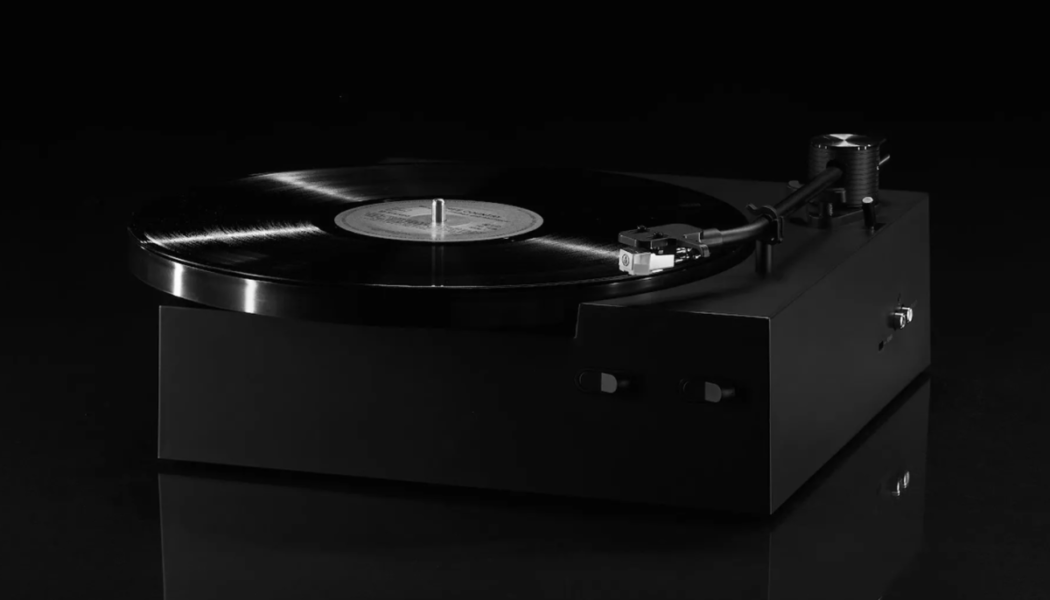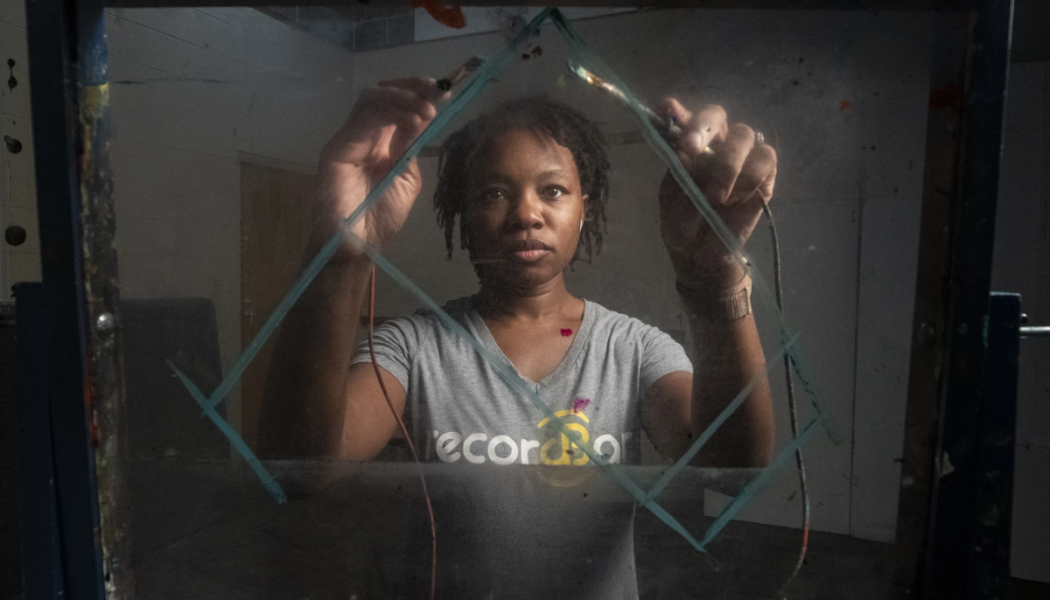GEAR + TECH
Check Out These Early Daft Punk Helmet Concept Images From the ’90s
Before Daft Punk‘s signature robot attire became a staple of pop culture, the design and functionality of their helmets were subject to years of trial and error. Thomas Bangalter and Guy-Manuel de Homem-Christo launched Daft Punk in 1993, but it would be six years until they conceived their robot alter-egos in 1999. And the iconic helmets we know and love today apparently went through many iterations before they were finalized and changed electronic music forever. An Instagram page by the name of Aksploration has unearthed images which the account says depicts the development of Daft Punk’s helmets in 1999. Some early concepts even featured wigs, according to Aksploration. It seems the legacy of Daft Punk’s helmets has amplified in the wake of their shocking spl...
We Came Up With Bizarre Descriptions of DJs—Then Used Artificial Intelligence to Bring Them to Life
There’s nothing that blurs the line between frightening and fascinating quite like artificial intelligence. And since artificial intelligence and electronic music are becoming more symbiotic by the day, the staff here at EDM.com wanted to see just how far it could go in a visual sense. So we came up with bizarre descriptions of artists and fed them through A.I. art generators. Some images are photorealistic. Others are fancifully distorted. And the majority of them are flat-out creepy. But we digress. Read on to see our weird and wonderful creations. TOKiMONSTA “TOKiMONSTA DJing in a neon sky arcade with golden canaries” by Jason Heffler. Jason Heffler REZZ “REZZ DJ as painted by Salvador Dalí” by Nick Yopko. Nick Yopko Flume R...
Colored Bricks and Fresh Kicks: Check Out This Functional LEGO Drum Machine
Is there anything that can’t be built with LEGO? YouTuber Brick Technology has certainly tested what we thought could have been the limit of the iconic childhood toy by creating a fully functional electronic drum machine. Building a mechanical LEGO device like this is well within his wheelhouse after having built an impressive array of remote vehicles and projectile-shooting devices, all made from the colored bricks. Inspired by the now-discontinued Roland TD-9, perhaps constructing this drum machine with an intricate arrangement of bricks and pins from scratch is the only way to get a device like the source material into your home studio. The device was engineered using a shrewd system of levered picks and a conveyor belt-like runway outfitted with various pegs to encode the in...
Music Tech Startup Songfinch Raises $17 Million to “Create a Middle Class of Musicians”
Music tech startup Songfinch has secured $17 million, closing a Series A funding round that amplifies its efforts to create a “middle class of musicians,” Built In Chicago reports. Songfinch is one of a handful of music startups aiming to change how independent musicians are compensated for their work. “The industry tends to be a star-driven league and the top two percent get a chance to participate and eat most of the dollars in the industry while the other 98 percent struggle and fight for scraps,” John Williamson, CEO of Songfinch told Built In Chicago. The goal of Songfinch’s online marketplace is to provide artists with a hub where consumers can commission them to create custom songs. The platform allows users to choose a style, mood and other custom elements f...
Dutch Designer Dzanar Teams Up With G-Eazy for Debut NFT Collection
Dutch designer Dzanar and multi-Platinum rapper G-Eazy have joined forces for the latter’s debut NFT collection. It’s called “The Geralds” and it was minted on the Quincy Jones-backed digital collectibles platform OneOf. Showcasing the different aspects of G-Eazy’s personality and hobbies, the NFTs are sold in packs so fans can purchase different combinations and win VIP perks, like meeting the chart-topping rapper in-person. Having taken on design projects for a slew of major contemporary music artists, like Akon, Chris Brown, Ed Sheeran, Kesha and more, Dzanar has cemented himself as a coveted collaborator in the music industry. c/o Dzanar The designer says he experiences synesthesia, a condition which essentially triggers the senses so when you hear music, you see shap...
Aphex Twin Launches Free “Sample Mashing” App, an Idea Decades In the Making
Aphex Twin‘s secret sauce is certainly difficult to decode, but the fabled electronic music producer is shedding a light on his creative process with the development of a new creative production app, Samplebrain. The free, open source software effectively turns any given sample into a neural network of possibilities. Aphex Twin teamed up with Dave Griffiths on the app’s engineering. A statement by Aphex Twin via Warp Records outlays Samplebrain’s possibilities. “What if you could reconstruct source audio from a selection of other mp3’s / audio on your computer?” he said. “What if you could build a 303 riff from only acapellas or bubbling mud sounds? What if you could sing a silly tune and rebuild it from classical music files? You ca...
3LAU and Steve Aoki Invest In Groundbreaking Blockchain Music Production Company
The future of music production could very well live on the blockchain. One Web3 startup with promising potential has developed the first on-chain digital audio workstation (DAW), and in doing so, has attracted the attention of a number of major electronic dance music artists. Arpeggi Labs’ use case differs fundamentally from the vast majority of successful developments at the intersection of music tech and blockchain technologies, which may prove to be a key competitive edge. While many new platforms in the space are leading with a focus on facilitating the tokenized ownership of music, Arpeggi is focusing on revolutionizing the way the music itself is made and published. The platform accomplishes this while maintaining a proprietary crediting system that ensures samples ...
Watch This Guy Turn a Vintage Phone Into a MIDI Controller and Play Daft Punk’s “Around The World”
Creative Daft Punk fans have used calculators and even Tesla coils to preserve the robots’ legacy in the wake of their split. But this one just may take the cake. James “poprhythm” Kolpack has repurposed an old phone and, through the use of an Arduino Diecimila device, turned it into a MIDI controller and vocoder to play Daft Punk’s classic, “Around The World.” “This project takes a vintage touch phone and converts it into a musical instrument, or more specifically, a MIDI controller using the push-buttons to generate the signals for musical notes,” Kolpack writes. Inside of a Southwestern Bell Freedom Phone Model No: FT325 James “poprhythm” Kolpack Once the phone was taken apart, Kolpack began mapping the...
Designers Craft Braille-Based Instrument for Visually Impaired Musicians
A trio of Korean designers have crafted an innovative new instrument that’s likely to appeal to a new generation of visually impaired musicians. The Vitar, short for “visual guitar,” was developed by Eojin Roh, Seonjin Baek, and Yujeong Shin. While few instruments exist today that are specifically catered to the visually impaired, the Vitar is servicing a populace of musicians who respond especially well to auditory stimulation. The Vitar, a new musical instrument for visually impaired artists. Eojin Roh, Seonjin Baek, Yujeong Shin As neurological studies have concluded, the auditory cortex of musicians with impaired sightedness often becomes enhanced, leading individuals to be able to better discern more precise differences in sonic frequencies compared ...
Swedish House Mafia and IKEA Launch New Collection to “Democratize Music Production at Home”
Swedish House Mafia and IKEA are aiming to empower a new generation of producers with at-home fixtures to inspire creativity. The iconic trio recently revealed their remix of one of the furniture giant’s signature products, the IKEA FRAKTA bag. Now, the two are slated to debut an expanded offering of 20 new items this coming October. Dubbed the OBEGRÄNSAD collection, the line features a myriad of at-home products essential to modern music production, from consumer electronics to shelves, lamps, carrying cases, an armchair and even a record player. OBEGRÄNSAD translates to “unlimited” in Swedish, which is certainly fitting for a collection that aims to remove creative hurdles and inhibitions for the bedroom creator. “We wanted to simplify the process...
You Can Now Paint With Music Thanks to This Artist’s Brilliant Invention
What if, instead of just putting paint on a canvas, you could hear its colors? Thanks to musician Camry Ivory, you can now generate music by painting with her invention, the Coloratura, which she calls a “system of musical paintbrushes.” Ivory started designing the Coloratura in 2015 as a one-time performance piece for downtown Kansas City’s Art in the Loop Series, reports KCUR-FM. Since then, she’s been improving the instrument as a way to literally create sound with paint. Featuring an easel with a metal canvas, 12 brushes for each note and pots of paint, the Coloratura connects each brush using wires to a circuit board, which sends a signal to her computer and music production software to create different notes. Scroll to Continue Recommended Articles Having been inspired by...




